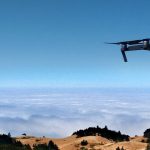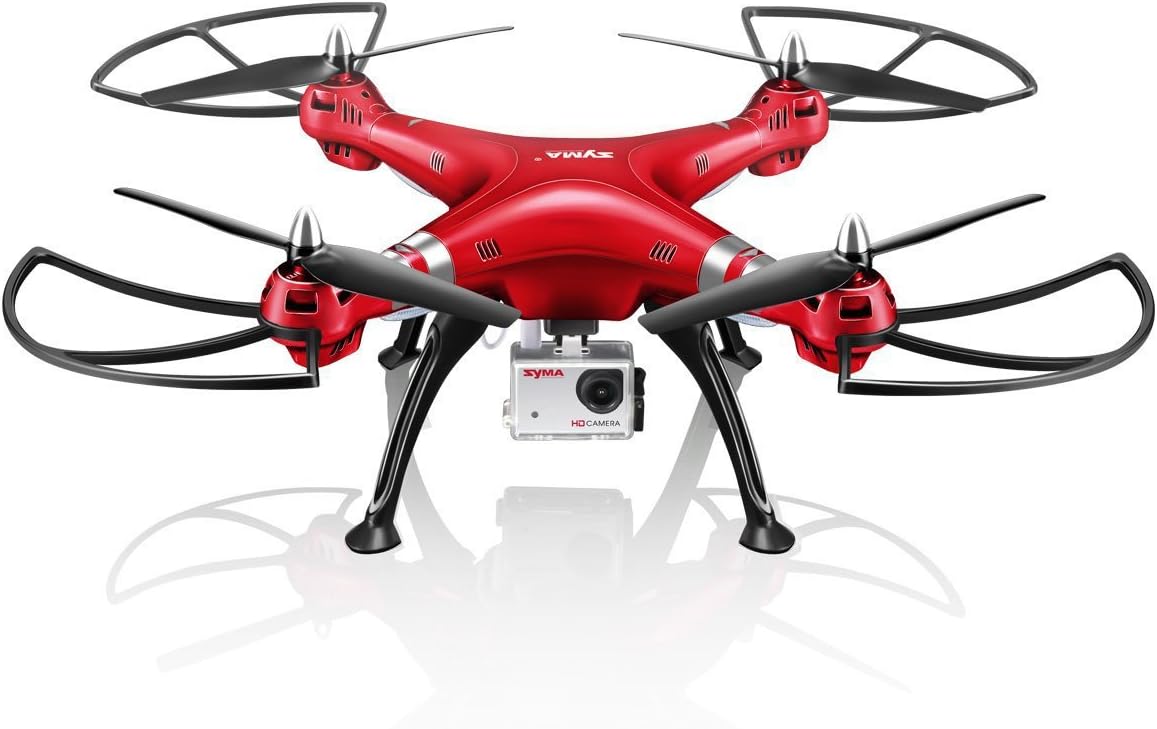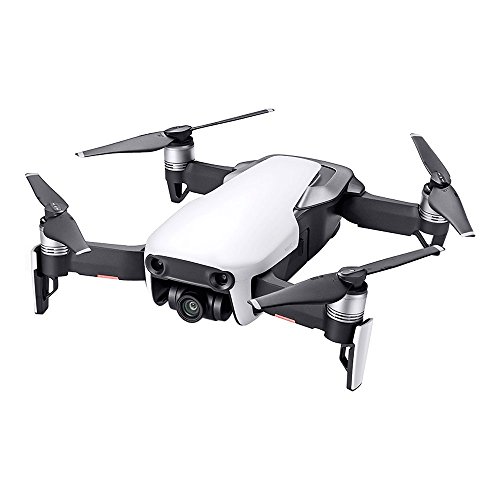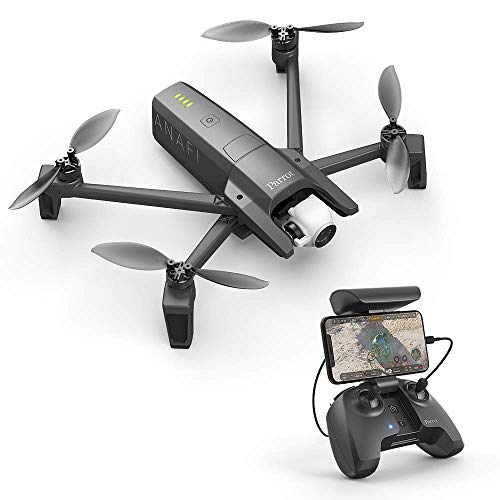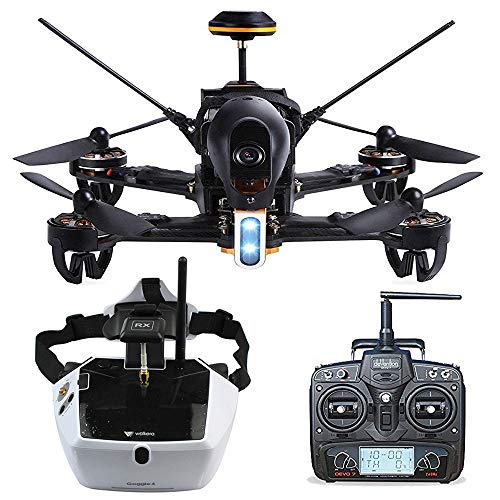DJI Spark vs DJI Mavic Pro

| Preview | Product | |
|---|---|---|
 | DJI Spark, Fly More Combo, Alpine White | Buy on Amazon |
 | DJI Mavic Pro Fly More Combo: Foldable Propeller Quadcopter Drone Kit with Remote, 3 Batteries,... | Buy on Amazon |
Choosing between the DJI Spark and DJI Mavic Pro can be a dilemma of value versus sophistication. Whether you're leaning towards a budget-friendly option or a more advanced drone, this comparison will guide you in making an informed decision. Let's explore the distinctive features of the DJI Spark and DJI Mavic Pro to help you find the perfect fit for your needs.
Design
Between the DJI Spark and DJI Mavic Pro, you can definitely see the generation gap; Spark looks very chic and modern, while the Mavic Pro obviously presents itself as a first-gen drone that acts as the pioneer that made drones very welcoming to the common consumerists.
The DJI Spark is mainly for social media enthusiasts and beginners, hence the very streamlined look without much of the extra peripherals like foldable legs and additional antennae. On the other hand, the DJI Mavic Pro is intended for highly-experienced pilots who want a UAV that is complex as it is satisfying to fly.
While the Spark is small and curvy, the Mavic Pro is large and bulky - a design that would, later on, be improved with the much more superior Mavic 2 Pro.
- Intelligent Flight ModesSmart, reliable,...
- High-Performance CameraAmazing images...
- Flight PerformanceAwesome potential,...
- Flight SafetyWorry-free flight in the...
- 2-Axis Stabilized Gimbal Camera. Voltage...
- What's in this combo: MAVIC PRO Original...
- The DJI Mavic Pro folds down as small as...
- Fly at up to 40mph (64kmh) or for as...
- Obstacle Avoidance combined with sensor...
- Vision positioning paired with GPS and...
Size
There is a vast difference between the Spark and Mavic Pro when it comes to the size; the Spark is much smaller compared to the Mavic Pro. As such, the latter is twice heavier compared to the former. If you are looking for similarities, it’s just that both require registration in the FAA since the two drones weigh more than 250 g.
Battery
The battery life is only slightly different, yet crucial for flights. The Spark only takes up 16 to 17 minutes of battery life while the Mavic Pro only lasts up to 21 minutes.
Both the Spark and Mavic Pro carry much-needed spare batteries in order to make flight sessions longer and more enjoyable.
Obviously, both drones carry battery chargers. And while the Spark is vastly cheaper versus the Mavic Pro, the former charges significantly faster than the latter.
The battery issue was one of the reasons why DJI created a successor to the Mavic Pro: the Mavic 2 Pro. Back during its release in 2017, pilots were bummed by the fact that the drone is expensive and had awesome features, but the experience is short-lived due to battery issues. Again, it only lasts up to 21 minutes and the charging takes a lot of time - up to 90 minutes according to users. Yet, that, along with camera stabilization issues, is the biggest flaw of the very first Mavic Pro. But is it obsolete in the current year? Fortunately, not at all. And if you compare its price to the newer Mavic 2 Pro, it is significantly cheaper.
Camera
The major difference between the drones’ camera qualities is in the resolutions. The DJI Spark holds a maximum resolution of 1080p under 30 fps, whilst the DJI Mavic Pro carries on with a remarkable 4K resolution under 30 fps. You can tell the difference in camera quality if you made a side-by-side comparison, but in all honesty, the Spark’s 1080p resolutions are not bad at all. In fact, it has one of the crispest image qualities ever for a drone, showing off stunning high budget shots that would look good in any vlog.
But, if professionalism is what you thrive for, the DJI Mavic Pro’s 4K camera is what you need. The details are amazing and every shot looks highly theatrical to the point where you think you’re filming an indie flick.
Another major difference is in the stabilization. While Spark may only use a 2-axis gimbal, its stability is very solid - even better than the Mavic 2 Pro itself. But for the Mavic Pro, the 3-axis gimbal tends to be stiff, which is why a lot of enthusiasts will recommend you go with a Mavic Air or even a Mavic Mini instead.
Controls and Flight Performance
Controls are fine on both drones, except there is just something that feels more “modern” with the Spark. This is probably because the controls are more streamlined for the sake of its beginner target market and casual drone users. For the Mavic Pro, you will need some getting used to, but does feel rewarding when you have mastered its maneuverability. As for controllers, the DJI Spark feels much lighter yet “cheaper” too, while the DJI Mavic Pro is still tactile and responsive to this day.
Noise is almost non-existent for both UAVs, although the Mavic Pro is noisier than its successor, the Mavic 2 Pro; however, you won’t tell the difference until you compare them side by side. As for the app, both the Spark and Mavic Pro uses a much-improved DJI GO.
What I Would Buy?
If you are looking to buy something hip and cool that’s easy to control, fly and capture, the DJI Spark is your sure shot. But, if you like a more professional and challenging drone that may cost more than a small drone, pick the DJI Mavic Pro.
- Intelligent Flight ModesSmart, reliable,...
- High-Performance CameraAmazing images...
- Flight PerformanceAwesome potential,...
- Flight SafetyWorry-free flight in the...
- 2-Axis Stabilized Gimbal Camera. Voltage...
- What's in this combo: MAVIC PRO Original...
- The DJI Mavic Pro folds down as small as...
- Fly at up to 40mph (64kmh) or for as...
- Obstacle Avoidance combined with sensor...
- Vision positioning paired with GPS and...
FAQs
The maximum resolution of DJI Spark is 1080p. The Mavic Pro can capture images up to 4K.
Yes, the Mavic Pro is foldable but not very foldable enough to put in your pocket.
In many ways, the Spark app is a more updated version than the Mavic Pro's Go app. DJI hasn't bothered to updated Go with the latest features as the Spark.
The DJI Spark is built around casual droning compared to the Mavic Pro. The latter is made for pure drone hobbyists that like to take professional pictures and fly with style.
Yes it is. The Mavic Pro is one of the most expensive models from DJI. The Spark is a mid-tier reasonably-priced drone made for a younger consumer.








